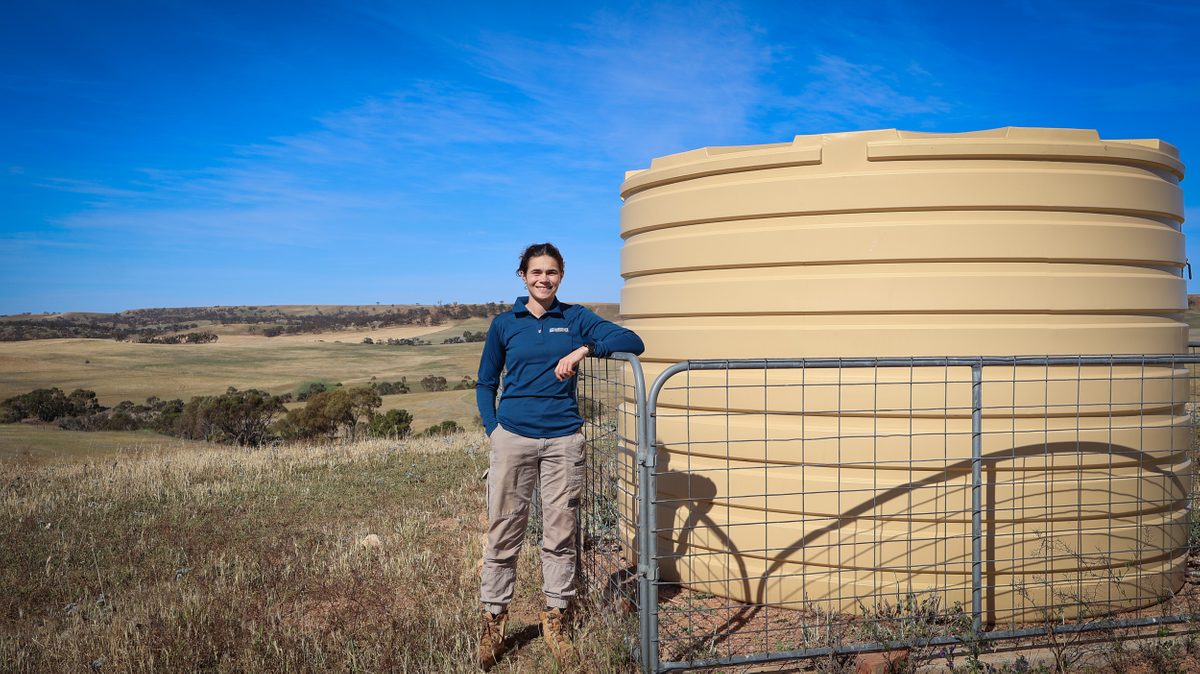Cactus and boxthorn a thorn in the side
Over 20 landholders from Peterborough, Jamestown, Orroroo, Burra, Mintaro and Yunta recently attended a workshop at the Peterborough Tennis Club, followed by practical demonstrations along the Parnaroo Stock Route to learn about management and control of wheel cacti and boxthorn.
Natural Resources Northern and Yorke Landscape Ranger Denni Russell said the workshop, hosted by the Eastern Plains Prickly WoNS group, was one in a series of workshops and demonstration days that have been held in the area since 2016.
“Participants learnt about appropriate herbicide selection and how to develop property management plans,” Ms Russell said.
“Presenters also delivered a practical mapping exercise and a stem injection demonstration, along with the mechanical removal of boxthorn, and explained how biological agents such as cochineal (Dactylopius spp.) can be used for the control of invasive cacti.”
Ms Russell said opuntioid cacti are a highly invasive weed, forming dense infestations, displacing desirable vegetation and limiting access for stock, vehicles and humans.
“The spine of the cactus can injure livestock, affecting their flesh and eyes, and lodge in wool, causing complications for shearing. Large patches also harbour pest animals, such as rabbits and foxes who gain safe refuge under the spiny plant,” Ms Russell said.
“Coordinated landscape scale control provides significant agricultural and environmental benefits and greatly reduces the likelihood of reinfestation and further spread of weeds.
“Cacti can be controlled year round. We encourage landholders to make a plan now and take action in the quieter months.”
A group of dedicated landholders from the Eastern Plains Prickly WoNS working group and BRAG initially focused their efforts around Peterborough, but now they extend south to Burra, as far west as Pualco Conservation Park and north to Paratoo.
“Reports of individual landholders treating over 500 cactus plants within the last 12 months are a testament to the dedication of landholders within the region,” Ms Russell said.
SA Eastern Plains Prickly WoNS Working Group Coordinator Mark Ludgate said that the cactus issue was getting progressively worse.
“The workshops have been successful in increasing awareness and enthusiasm in the area and providing people with the tools to tackle these weeds,” Mr Ludgate said.
“With proper management we can push the scourge of cactus back. It would be great to act now with a united front to control the issue.”
PIRSA Established Weeds Facilitator Troy Bowman said it was pleasing to see such an enthusiastic group of landholders coming together to discuss the best way of tackling these prickly pests.
“It’s important that people work together and make the most of the support offered by Natural Resources Northern and Yorke and PIRSA to help landholders lead landscape scale weed control programs for improved agricultural and environmental outcomes,” Mr Bowman said.
“We really want landholders to rally together in driving best practice cactus and boxthorn management and help shape the programs that take place in the community.
“Farmers have the most intimate knowledge of their patch of dirt so they are best placed to inform how it should be managed.”
Plans for the future include co-ordinated control activities, aerial boxthorn control trials and on-ground mapping, in addition to biological control releases and provision of heavily subsidised Chemcert training for landholders (on the 4th of April 2019).
This workshop was funded through the Australian Government’s Agricultural Competitiveness White Paper and delivered as part of the Living Flinders and Mid North Horizons Programs, through a partnership between Primary Industries and Regions SA and Natural Resources Northern and Yorke.
For assistance and advice on weed control and more information about how to get involved in training opportunities, future surveys and control trials, contact the Natural Resources Centre in Clare on 8841 3444.


